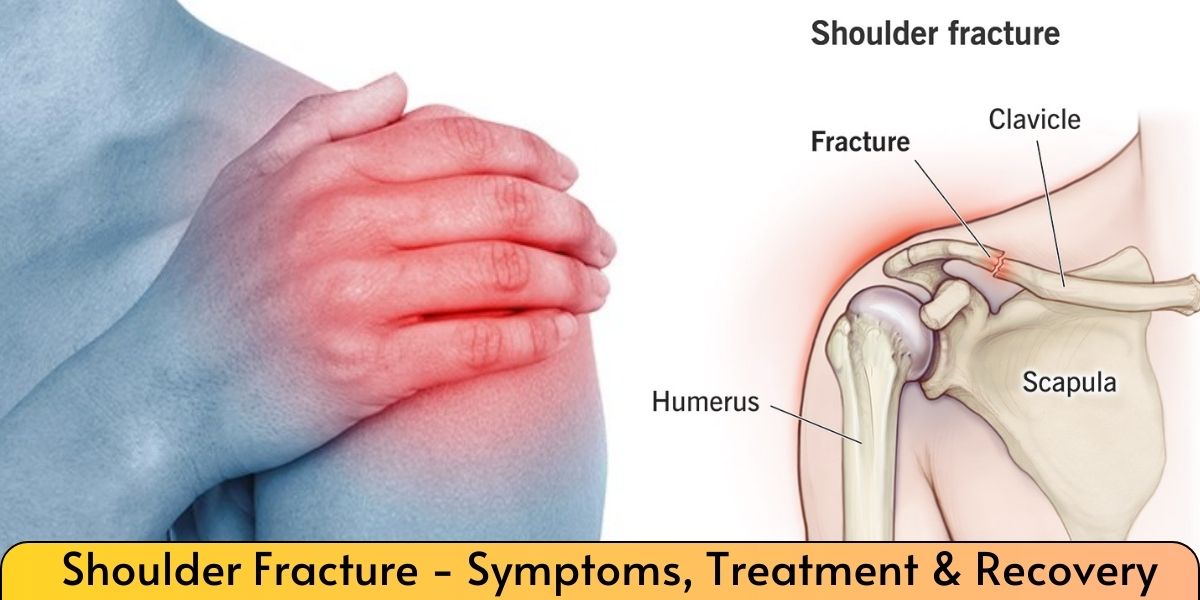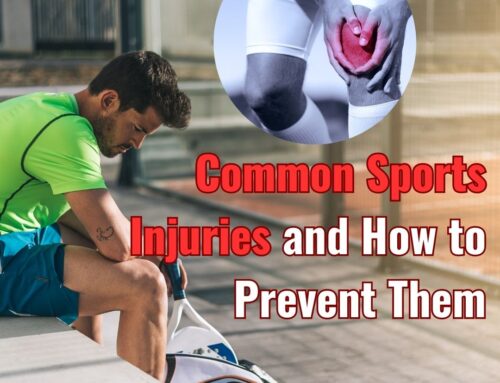What is a Shoulder Fracture?
A shoulder fracture is the result of a broken bone in the shoulder joint. A broken bone is known medically as a bone fracture.
A fractured shoulder may require surgery to fix. Some people’s bones can heal with just a sling, brace, or cast. Which bone is broken and what caused it will determine how long it takes to heal completely. If you have had trauma to your shoulder joint, never attempt to use it or force it back into place on your own. If you believe you may have a broken bone or another injury to your shoulder, get to the emergency room.
What are the types of Shoulder Fractures?
The most common way for medical professionals to categorize shoulder fractures is based on the type of broken bone. Your shoulder joint is made up of three bones:
- The top (proximal) part of your humerus
- Scapula (your shoulder blade).
- Clavicle (your collarbone).
Breaking any of these bones is a shoulder fracture.
How Common are Shoulder Fractures?
Compared to other injuries like dislocations or separated shoulders, shoulder fractures are less common.
Particularly in young people, clavicle fractures are frequent. Fractures of the proximal humerus are more common in adults over 65 or those with low bone density. Because the muscles and other tissues in your chest and back provide such strong protection for your shoulder blades, scapula fractures are uncommon.
Symptoms and Causes
What are fractured shoulder symptoms?
- Shoulder pain.
- Swelling.
- Bruising or discoloration.
- losing your ability to move or use your shoulder.
- Lump or deformity that is unusual for your body.
What Causes Shoulder Fractures?
Almost always, traumas that strike your shoulder suddenly and violently result in shoulder fractures. Among the most typical causes are:
- Sports injuries.
- Falls.
- Car accidents.
What are Shoulder Fracture Risk Factors?
Shoulder fractures can happen to anyone, but they are more common in traumatized children and teens and in older adults who fall.
Bone fractures are far more common in people with osteoporosis or osteopenia, especially from falls. Because osteoporosis weakens bones, fractures that occur suddenly and unexpectedly are more likely to occur. Many people don’t become aware that they have osteoporosis until after it breaks a bone. Usually, there aren’t any overt signs.
What are the Complications of Shoulder Fractures?
Many people suffer from fractured shoulders even after the injury heals and have chronic stiffness in the joint. Your chance of getting arthritis in that shoulder can also rise if you have a fractured shoulder.
- Muscles.
- Ligaments.
- Tendons.
- Nerves.
- Blood vessels.
- Diagnosis and Tests
How are Shoulder Fractures Diagnosed?
A medical professional will use imaging tests and a physical examination to diagnose a shoulder condition. If you are brought to the emergency room (ER) following a trauma such as a car accident, the doctors there may diagnose the fracture.
Which tests do providers use to diagnose shoulder fractures?
To take images of the fracture, you’ll need to do at least one of the following imaging tests:
X-rays – An X-ray of your shoulder will reveal the extent of your bone damage and confirm any fractures.
Magnetic resonance imaging (MRI) – To get a clear picture of the damage to your bones and the surrounding tissue, your doctor may use an MRI. Your bones’ surrounding cartilage and ligaments will also be visible on an MRI.
Computed tomography (CT) scan – Compared to an X-ray, a CT scan will provide your surgeon or healthcare provider with a more detailed image of your bones and surrounding tissue.
Displaced vs. non-displaced shoulder fractures
Either a displaced or non-displaced fracture will be described by your provider. A displaced fracture occurs when the fragments of your bone move around the break so much that a gap opens up around it. Even though the fragments were not dislocated enough during the break to be out of alignment, non-displaced fractures are still broken bones.
Open vs. closed shoulder fractures
Your healthcare provider will determine whether the fracture is closed or open. When a fracture is open, the skin is broken by the broken bone. Compound fractures are another name for open fractures. The risk of infections and other complications is higher in open fractures. Although your bone does not pierce through your skin, closed fractures are still very dangerous.
Management and Treatment
How are fractures in the shoulder treated? Depending on which bone is broken and whether you have any other injuries, your doctor will treat your fractured shoulder differently.
Immobilization
You might only require a sling or brace if the fracture is minor and your bones have not moved significantly out of place (a non-displaced fracture). Your need to wear one for a certain amount of time will depend on the type and cause of your fracture. You will require additional X-rays to confirm that your bones are healing properly.
Shoulder fracture surgery
If the fracture caused damage to the glenoid, the socket in your scapula that holds your humerus in place, you may require surgery.
Complications of shoulder fracture surgery
Shoulder fracture surgery complications are rare but can include:
Acute compartment syndrome (ACS) – Your muscles may become so compressed that blood cannot reach the tissue, leading to irreversible damage to your muscles and nerves.
Malunion – Your broken bones may have misaligned during the healing process, which is the cause of this.
Nonunion – It’s possible that your bones won’t reassemble completely.
Follow these general safety tips to reduce your risk of an injury:
- Always wear your seatbelt.
- Wear the right protective equipment for all activities and sports.
- Make sure your home and workspace are free of clutter that could trip you or others.
- Always use the proper tools or equipment at home to reach things. Never stand on chairs, tables, or countertops.
- Follow a diet and exercise plan that’ll help you maintain good bone health.
- Talk to your provider about a bone density test if you’re older than 65 or if you have a family history of osteoporosis.
- Use a cane or walker if you have difficulty walking or have an increased risk of falls.




